In the Philippines, in the month of November the northeast monsoon, or amihan, cooler and drier air prevails, bringing relief from the heavy rains of the preceding months. While some regions may still encounter sporadic rainfall and typhoons, much of the country enjoys more stable weather. This climatic shift creates favorable conditions for various crops to be planted and cultivated during this period. Here are some crops that can be planted during this month.
Broccoli (Brassica oleracea)
Broccoli belongs to the same botanical family as cabbage, pechay, and cauliflower, known as Brassicaceae or Cruciferae. The term "broccoli is derived from Italian which translates to 'little sprouts.' This cruciferous vegetable is rich in vitamins A, and C, calcium, iron, thiamine, riboflavin, and niacin. Broccoli is typically prepared by boiling, steaming, or stir-frying. It is popular in the Cordillera region with approximately 283 hectares of land dedicated to its cultivation.
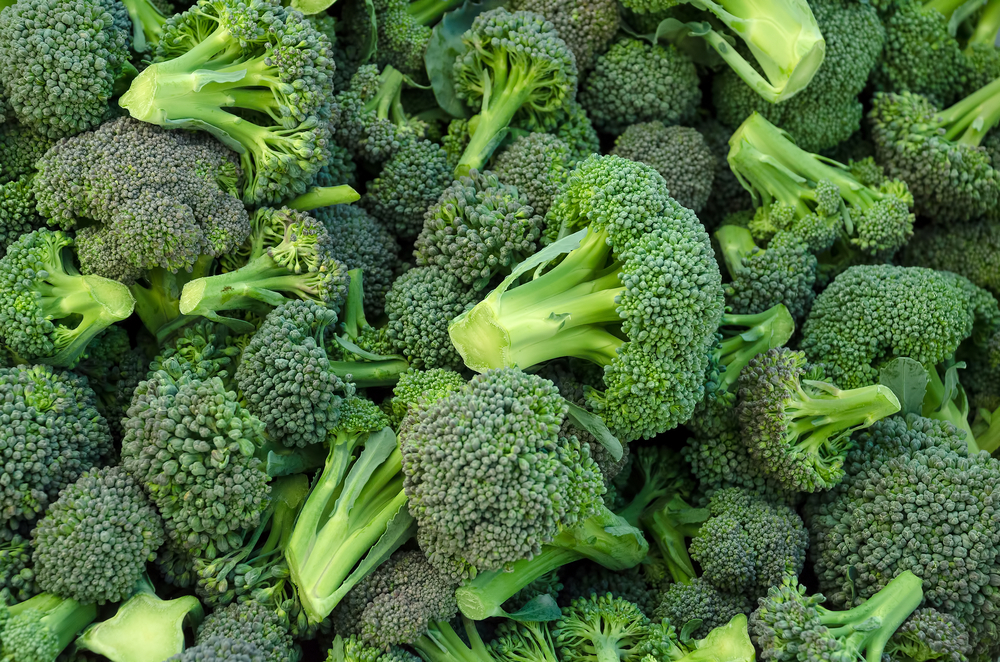
Broccoli thrives well in temperatures between 10-20°C. Extreme heat, above 26°C, can lead to premature flowering or bolting. Well-drained soils, such as sandy loam, loamy, or clay loam are preferred. Adequate drainage is essential to combat clubroot disease.
Lime may be necessary to maintain the soil pH within the optimal range of 6.5 to 7.0. Mulching further aids in weed suppression and moisture conservation.
Harvesting broccoli involves picking when the bud clusters are tightly closed, and the heads are firm. Terminal heads mature first and removing them promotes the growth of lateral heads. These lateral heads must be harvested twice a week due to uneven development.
Hot Pepper (Capsicum frutescens)
Pepper is a widely cultivated vegetable belonging to the Solanaceae family. It is rich in essential vitamins such as C and A, as well as B vitamins, potassium, magnesium, and iron. Hot pepper is cherished for its distinctive aroma and is widely used in Filipino recipes.
Pepper thrives in a range of soil types but performs best in sandy loam to clay loam soils enriched with organic matter and adequate moisture with proper drainage. This sun-loving crop is typically planted from May to September during the wet season and from October to February in the dry season.
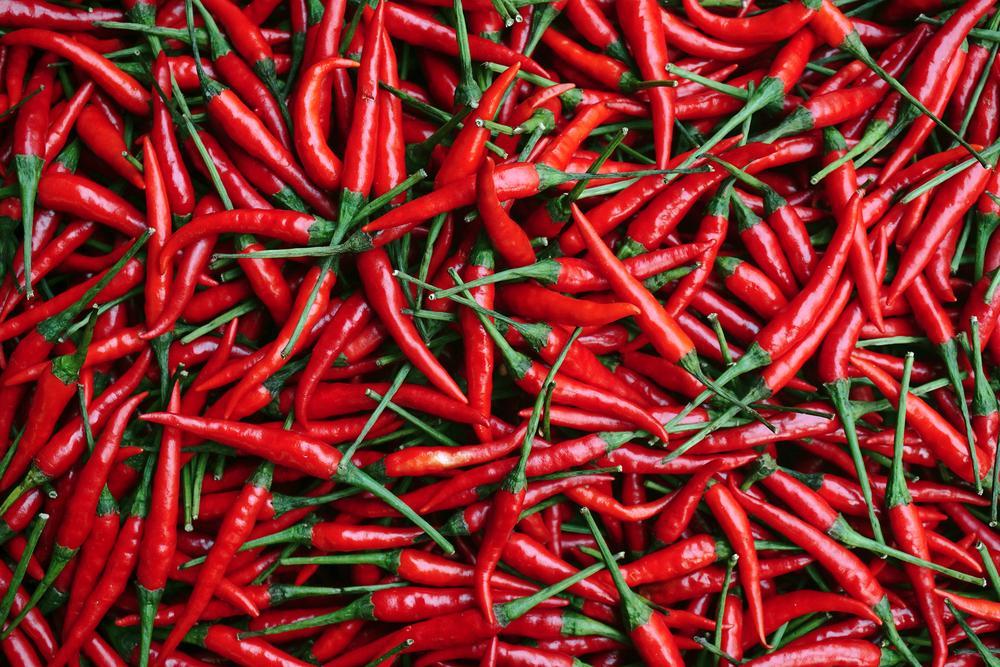
Transplanting should be done 30-40 days after sowing, and care must be taken to minimize root injury during the process. The choice of planting method may vary depending on the season.
Harvesting of pepper usually begins around 60-75 days after transplanting. Mature green peppers, with a shiny appearance and full size, are ideal for harvesting. Fruits should be carefully picked by either breaking the pedicel with an upward twist or using a sharp knife to cut the peduncle. Sorting and packaging according to size and ripeness are essential before marketing, with damaged or rotten fruits discarded.
Chinese Cabbage (Brassica oleracea var. capitata)
Chinese cabbage is characterized by broad, tender leaves and heavy midribs. Varieties of Chinese cabbage can range from loose to tight-headed types. It is commonly known by various names like Chinese cabbage, white cabbage, flowering cabbage, celery cabbage, pakchoy, Michihli, and Napa cabbage. Chinese cabbage is not only renowned for its culinary uses but is also packed with essential nutrients such as vitamins C and A.
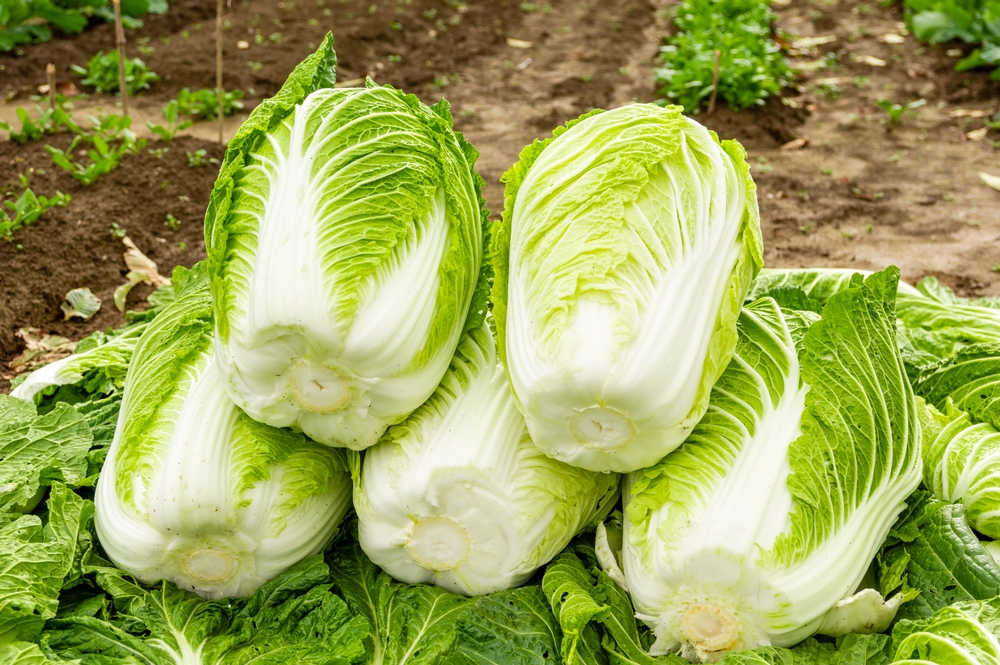
Chinese cabbage has its origins in China and belongs to the group of cultivated varieties known as "cole crops," which includes cabbage and broccoli. In the Philippines, it significantly contributes to the local economy, with the barrel-type being popular in the Cordillera Administrative Region and the Michihili type preferred in the southern Philippines.
For optimal growth, Chinese cabbage thrives in cooler climates, with an ideal temperature range between 13°C and 15°C. While some cultivars can tolerate slightly higher temperatures, ample soil moisture is essential. The plant requires full sun in cool regions but benefits from partial shade in warmer areas.
To cultivate Chinese cabbage successfully, it's crucial to prepare well-drained, moisture-retentive soil rich in organic matter. Proper land preparation, including deep plowing and possible soil fumigation for nematode control, is recommended. The pH level should be maintained between 6.5 and 7.
Harvesting Chinese cabbage involves cutting whole heads at the soil level when they are compact and firm, typically around 50 to 80 days after sowing. It's essential to complete the harvest before freezing weather arrives. The harvested Chinese cabbage can be stored in a refrigerator for approximately 4 weeks or blanched and frozen for 3 to 4 months.
Cucumber (Cucumis sativus)
Cucumber is a widely cultivated annual vegetable known for its trailing vines and the that are typically cylindrical, ranging from 10 to 30 cm in length. These versatile vegetables can be grown year-round in the Philippines, favoring warm-season conditions.
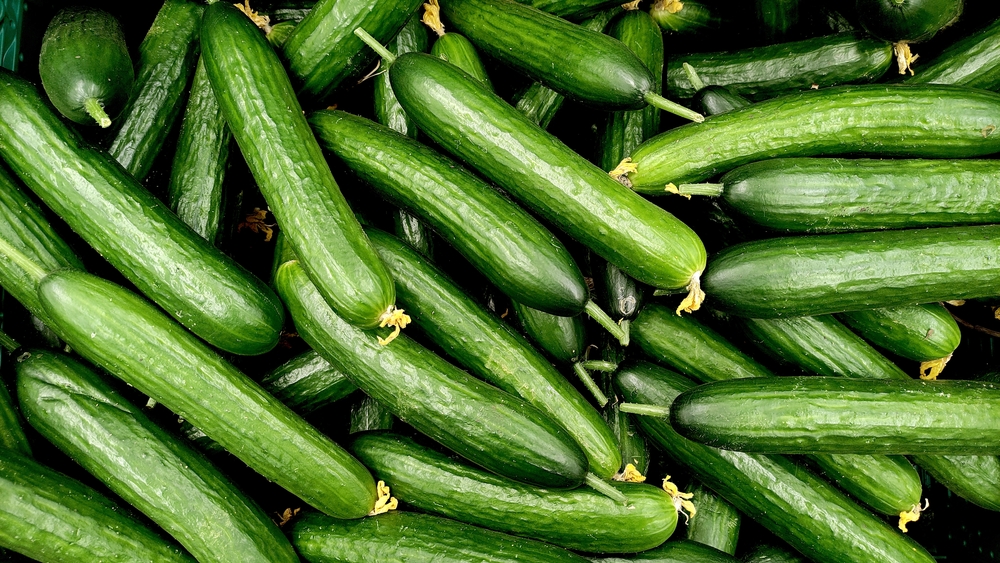
Cucumbers thrive in warm temperatures, with an optimal growth temperature of around 30°C and night temperatures between 18-20°C. The soil should be fertile, rich in organic matter, and maintain a pH level between 6.5 to 7.5.
Land preparation is crucial and should be done at least a month before planting. Cucumber is usually direct-seeded, with approximately 2 kg of seeds required per hectare.
Trellising is an essential cultural management practice for cucumbers. This involves setting up a tepee-like structure with poles, connecting them with wires, and tying vertical strings for the vines to climb. Pollination is crucial for cucumber development, with bees or hand-pollination being necessary. Cucumbers are cross-pollinated and require an isolation distance of at least 500 meters to maintain variety purity.
Cucumber fruits should be harvested based on size and the intended purpose. They are typically harvested at lengths of 10 or 15 cm and are picked at around 38-45 days after transplanting. Harvested cucumbers should be handled with care, sorted, and graded.
Peppermint (Mentha piperita)
Peppermint is extensively cultivated for its oil, widely used in flavoring and therapeutic applications. This herb originates from a hybridization between watermint and spearmint. Its entire plant emits a sharp, minty odor, attributed to the presence of volatile oil.
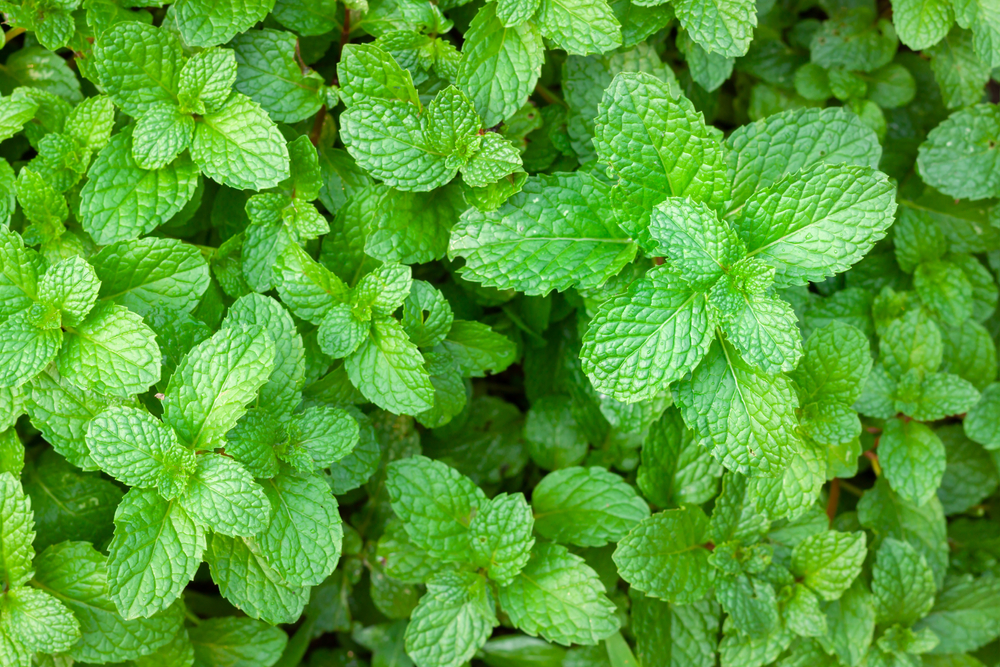
Peppermint grows well in cool to temperate regions, demanding long daylight hours, warm to hot daytime conditions, and cool nights to produce optimal oil compounds. Peppermint exhibits versatility in soil adapting to most soils with proper drainage. The best soils are deep, well-drained, humus-rich, and moisture-retentive. Maintaining soil pH between 5.5 and 7.0 is vital for its optimal growth.
Peppermint needs frequent irrigation, at least three times a week for a fully developed plant. Strict weed control is vital, as weeds compete for nutrients and affect oil quality.
Timing is critical for harvesting to ensure oil quality. Harvest on dry, sunny days in the late morning when dew has dissipated. The crop is cut, wilted, and chopped for oil extraction. Lower moisture content improves oil extraction efficiency, while fermentation must be prevented to maintain oil quality.